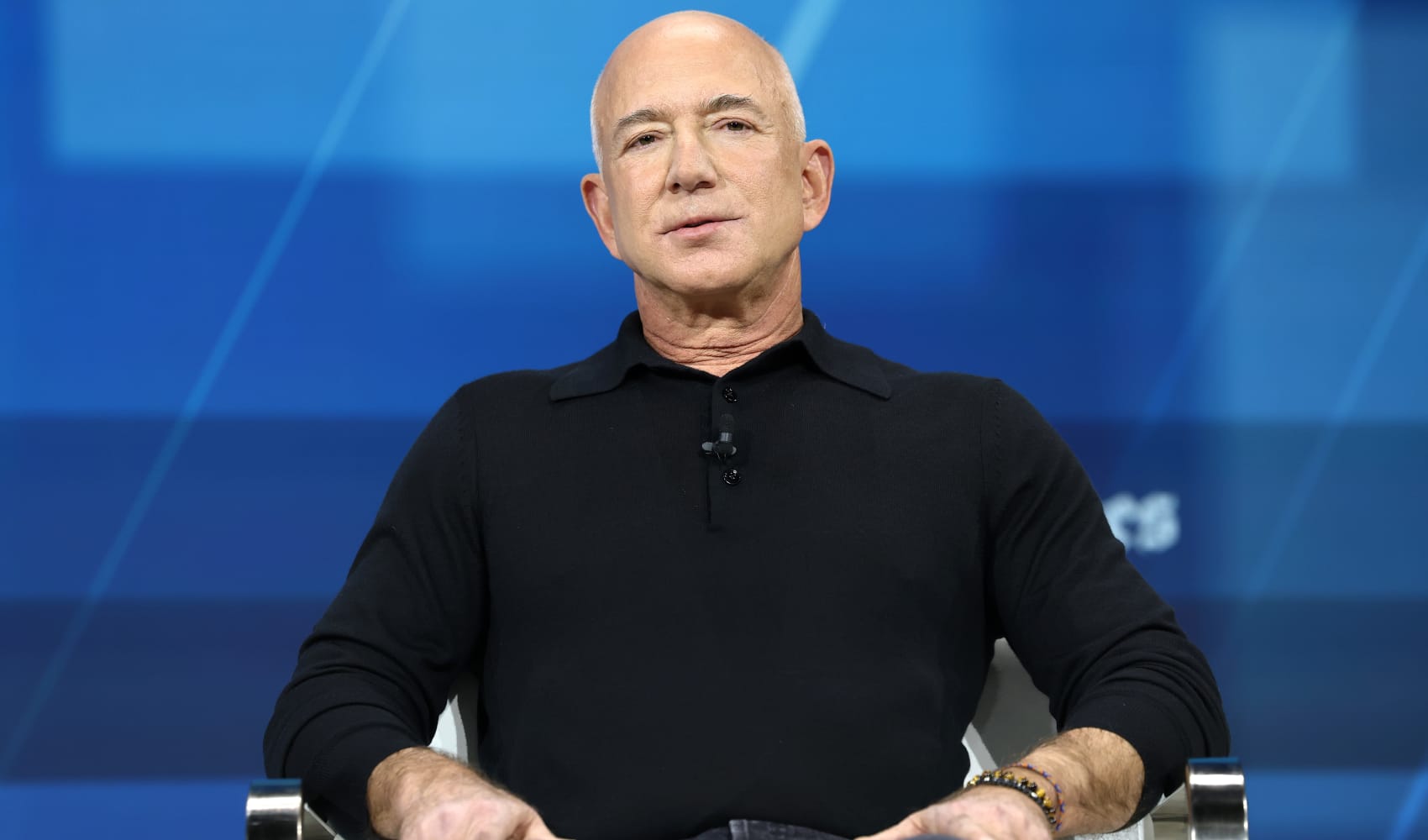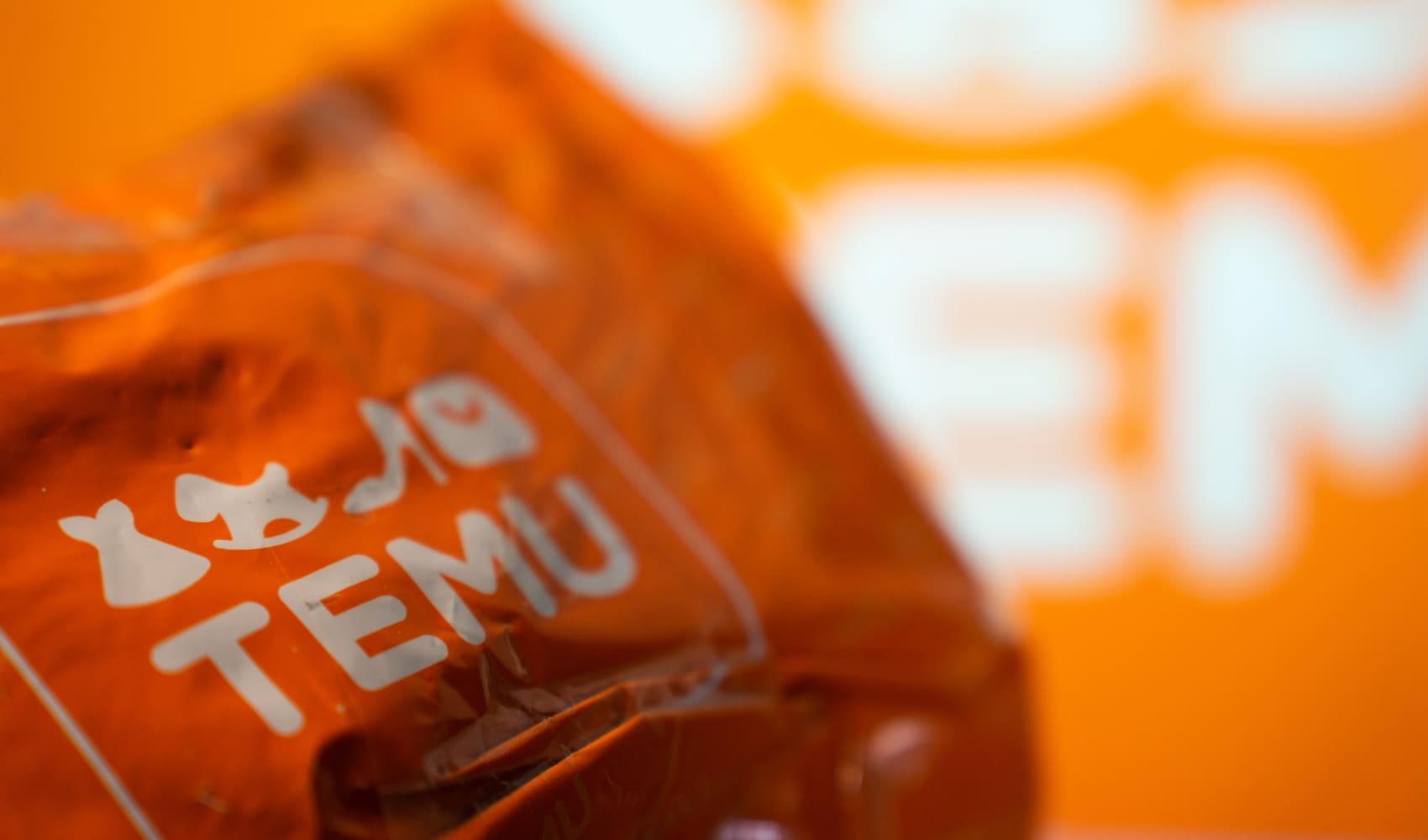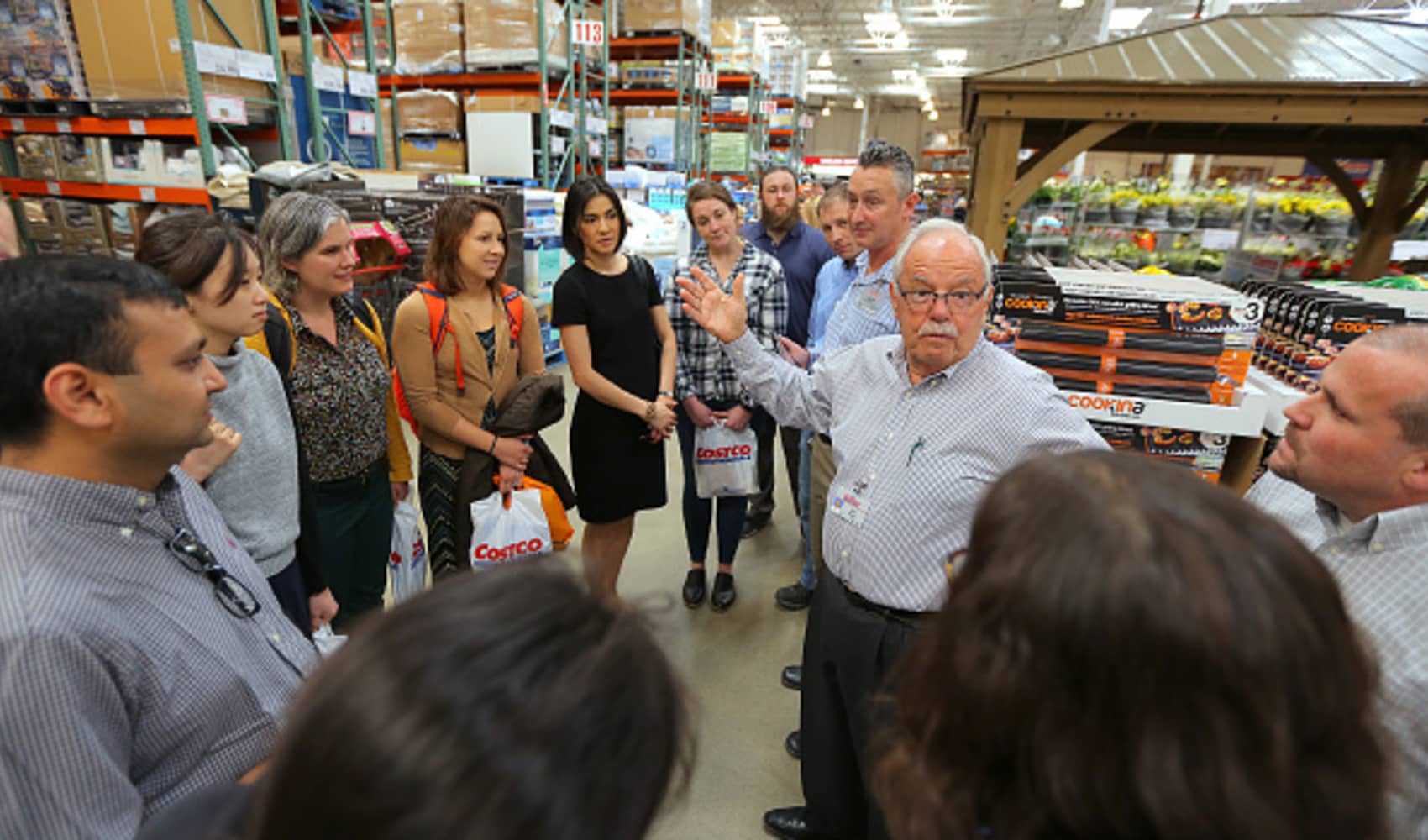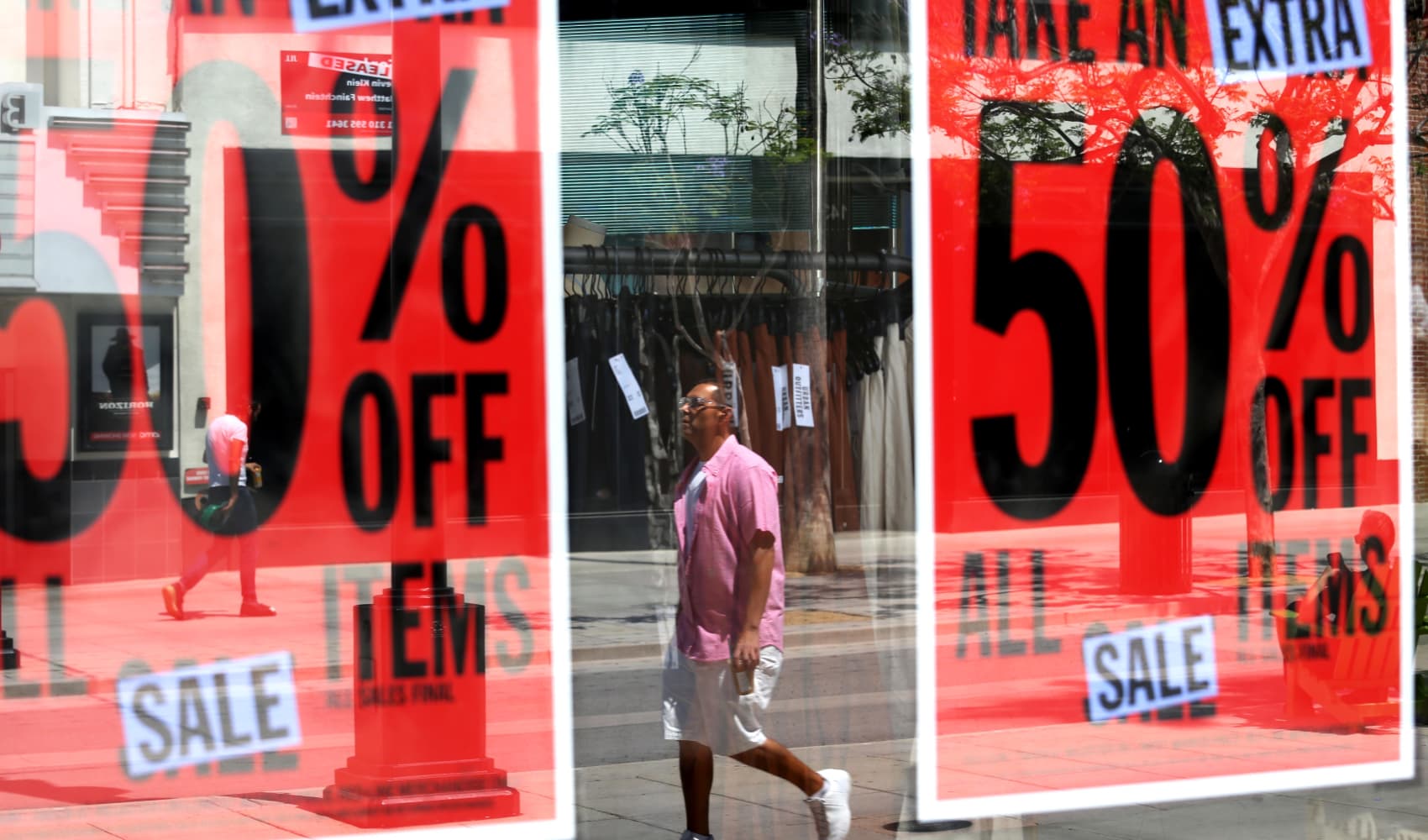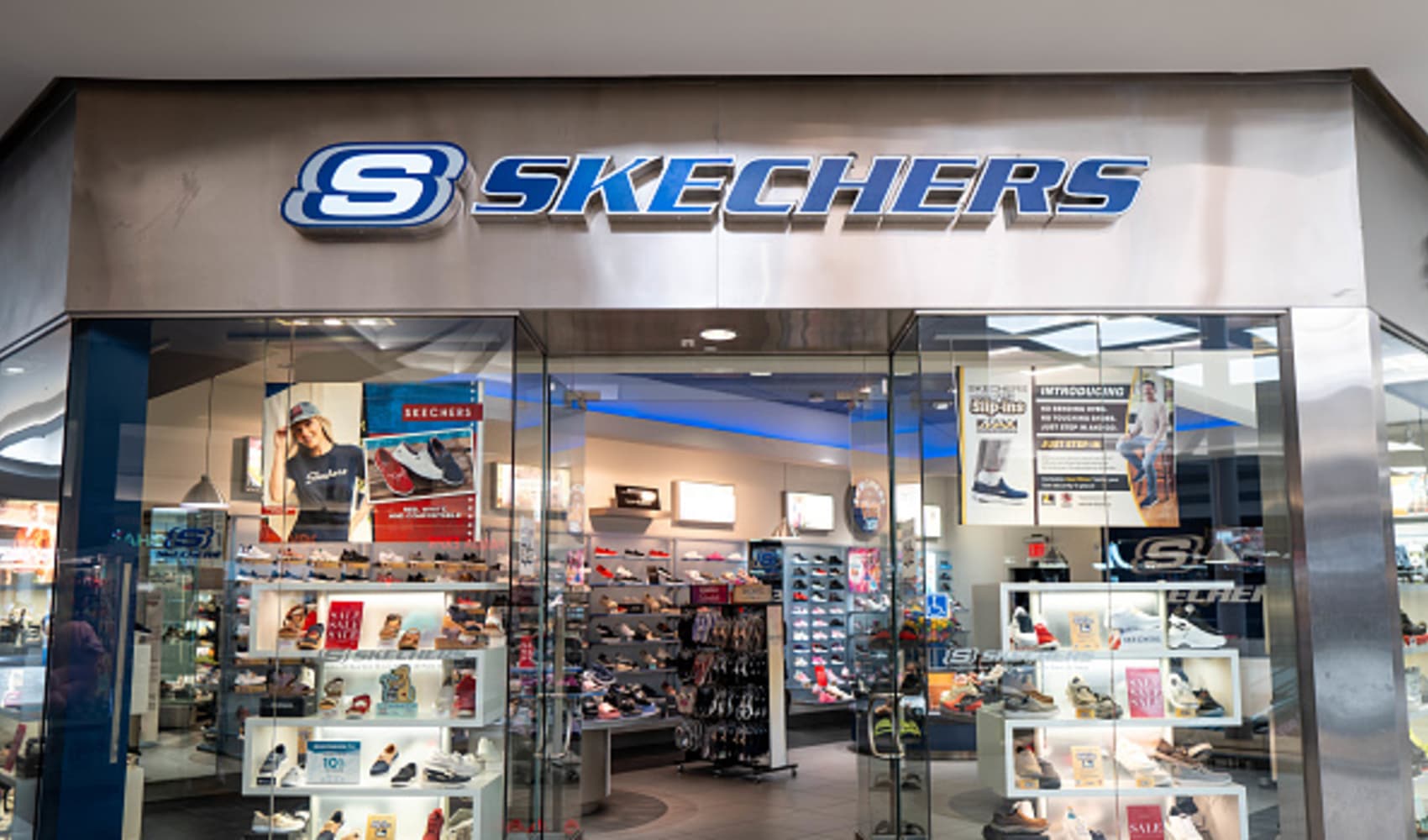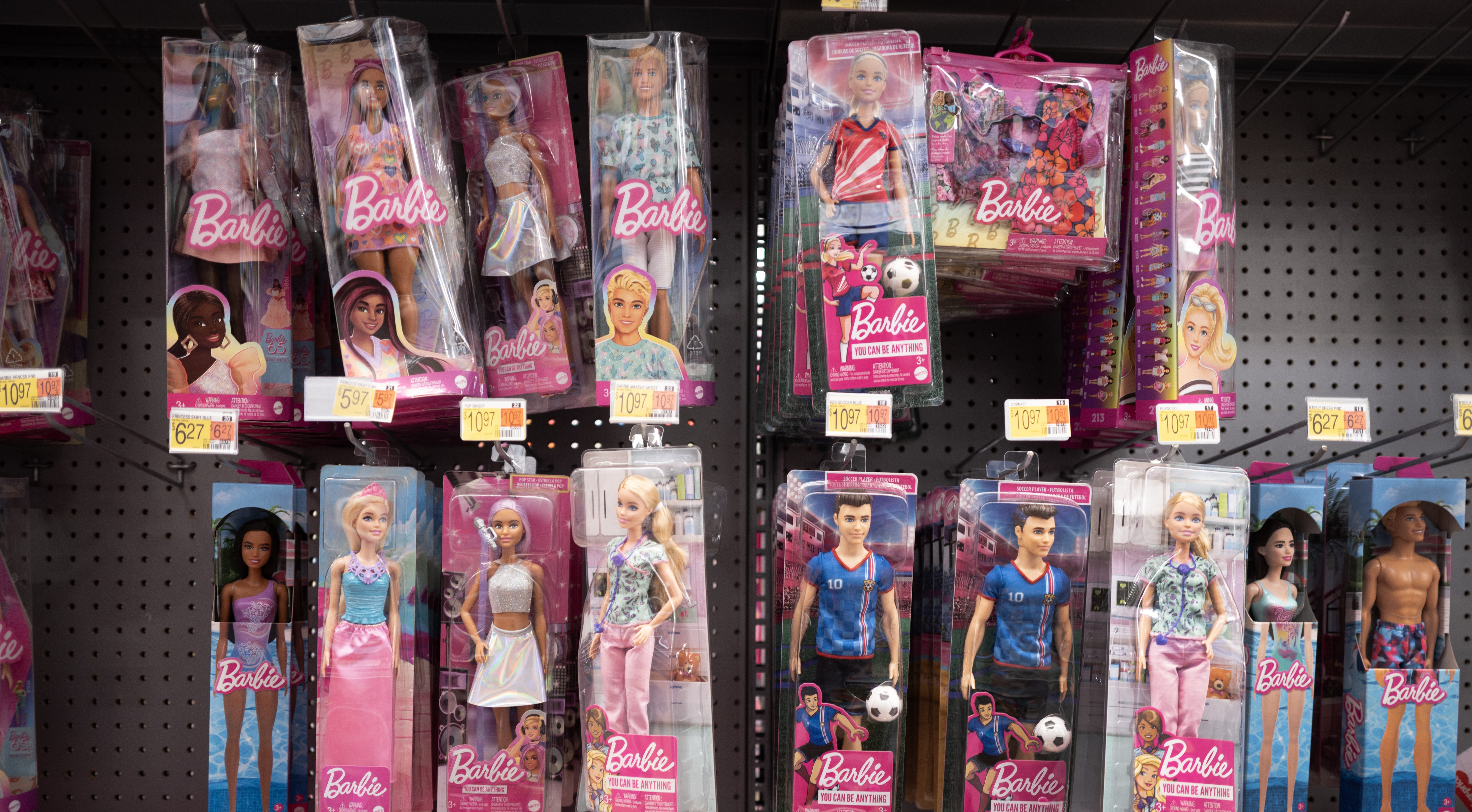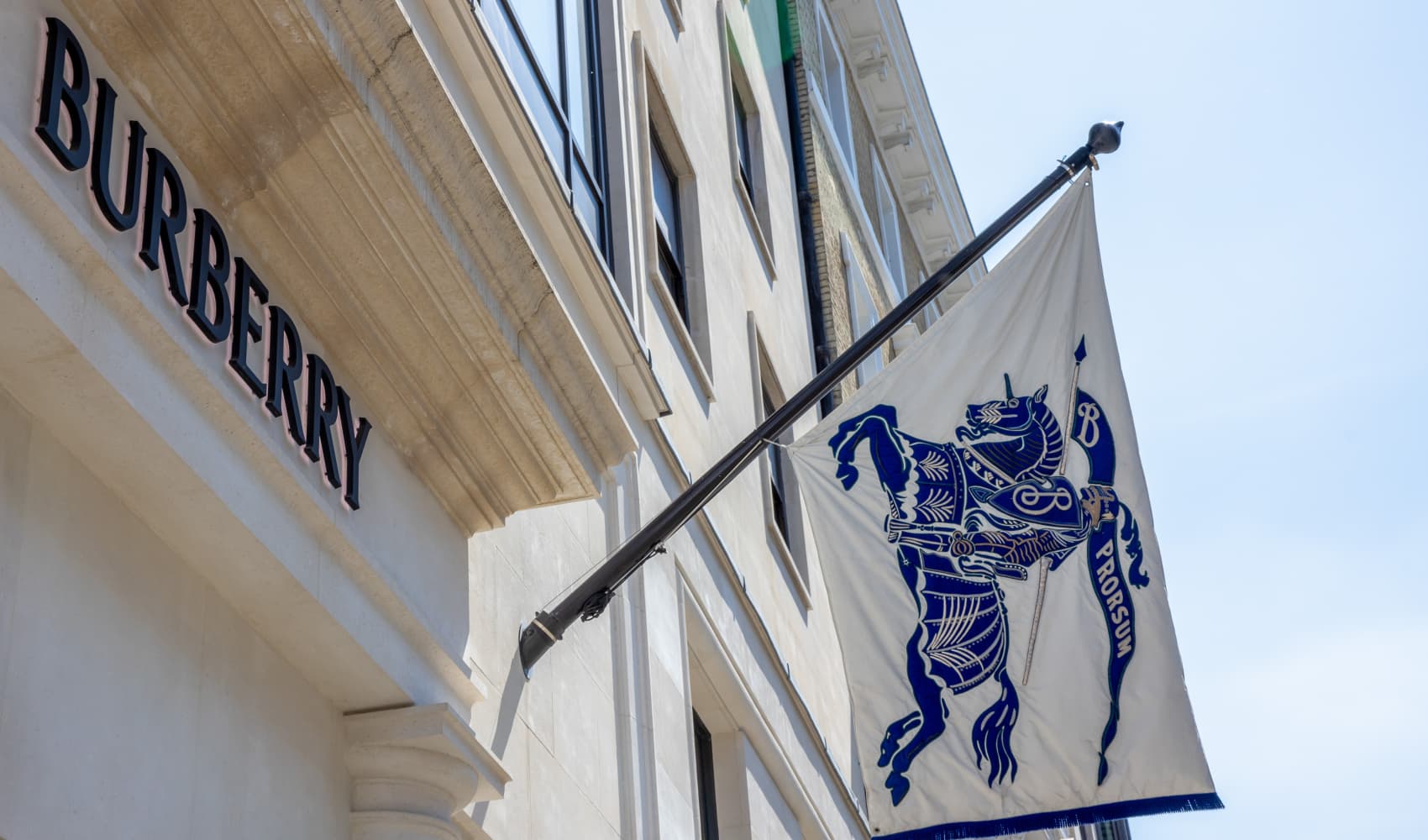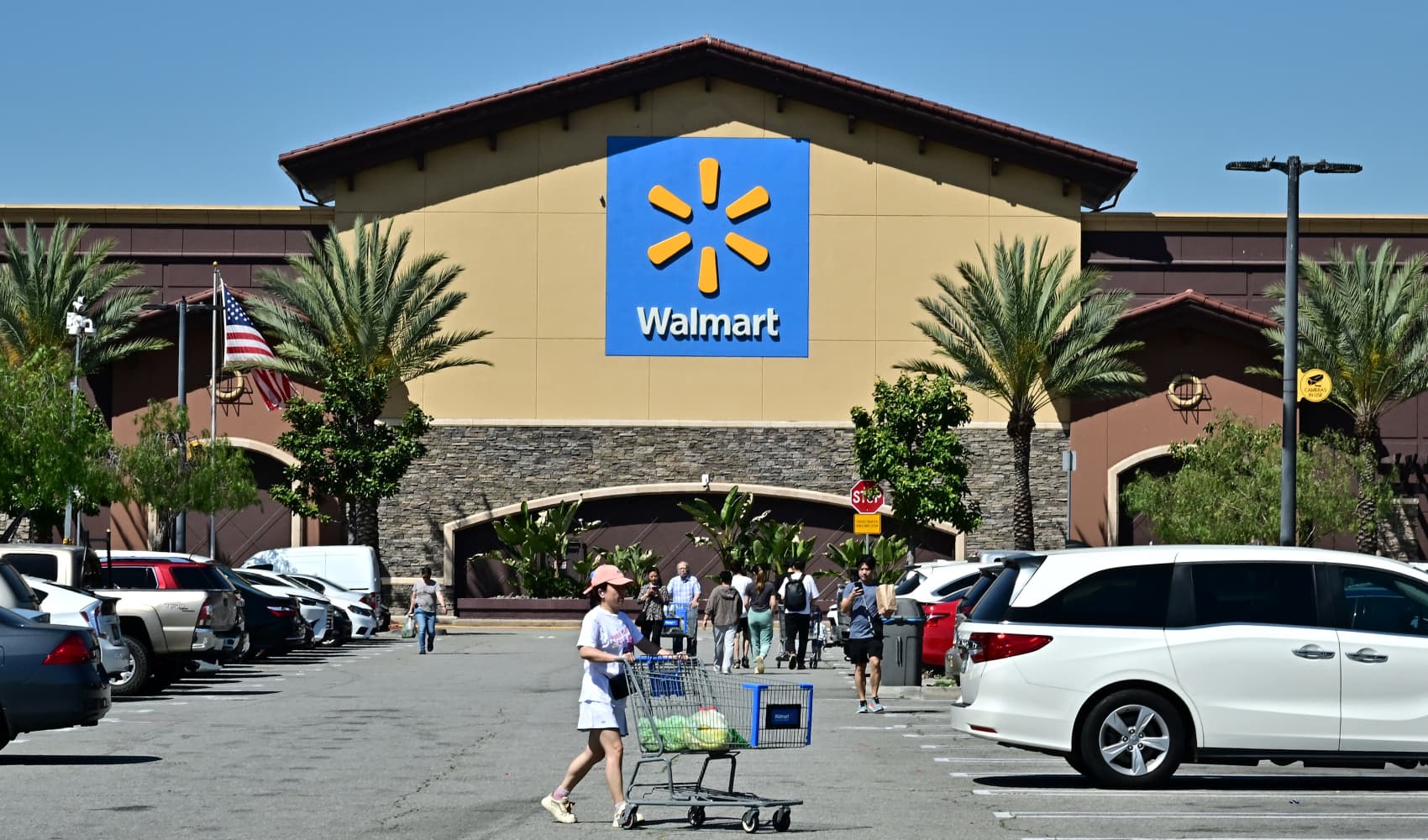Kelly Evans: Tariffs Impact Americans Now?
Kelly Evans on Tariffs: Are They Finally Here to Stay?
Introduction: The Tariff Tipping Point?
Remember all the tariff talk? For a long time, it felt like a boogeyman under the bed, all threat and little action. Up until now, the tariffs story has largely been one of fear, hesitation, and markets plunging. But what if the boogeyman is finally stepping into the light? According to financial journalist Kelly Evans, we might be entering a new phase: the "impact" phase. The question is, are we ready for it? Are these impacts going to be a gentle nudge or a full-blown economic earthquake? Let's dive in and find out.
The Shein and Temu Price Hikes: A Comical Beginning?
The trouble is, the retail impact is beginning in a comically small way next to the massive moves we’ve had in markets in recent weeks. Evans pointed out the initial signs of these tariffs showing up on popular ultra-fast fashion platforms Shein and Temu. She posted about this on “X” (formerly Twitter), and the price hikes at Shein and Temu have started to take effect, and well…the results are revealing. Are these price bumps the canary in the coal mine or just a minor inconvenience?
Headline vs. Reality: Dissecting the Numbers
While the headline numbers are quite large – “377% price increases!” – the details show just how shockingly cheap items on these Chinese shopping platforms still are. A pack of kitchen towels on Shein goes from $1.28 to $6.10. An eyelash shaper tool goes from 44 cents to $1.11. It seems dramatic, but is it truly impactful? The initial reaction from consumers might surprise you.
Consumer Reaction: “Still Dirt Cheap!”
“Still dirt cheap,” wrote one commenter. “My tees are still crazy cheap, basically the same price as before. Definitely stocking up!” wrote another. The initial response seems to be a shrug, or even an incentive to buy more *before* prices potentially increase further. Are consumers simply immune to small price increases, or is something else at play?
The Long-Term Game: Will Consumers Really Care?
This raises a crucial question: will consumers *really* care about these minor price hikes in the long run? Are we so addicted to rock-bottom prices that we'll continue to flock to these platforms, even if prices creep up a bit more? Or will this be the beginning of a shift in consumer behavior?
Beyond Shein and Temu: The Broader Impact
While Shein and Temu are a visible starting point, it's crucial to remember that tariffs have a ripple effect. What happens when these tariffs start affecting other industries? Are everyday items like groceries and electronics next?
H2: The Inflation Factor: A Double Whammy?
Let's be honest, inflation has already been hitting our wallets hard. Will tariffs simply exacerbate the problem, leading to even higher prices across the board? It is like adding fuel to the fire. Here is a breakdown:
- Increased cost of imported goods
- Businesses passing costs to consumers
- Potential decrease in consumer spending
H2: The Political Landscape: Is this a Negotiating Tactic?
Tariffs are often used as a political tool. Is this current round of tariffs a genuine attempt to protect American industries, or is it a negotiating tactic in a larger trade war? Understanding the political context is key to predicting the long-term implications.
H2: The Impact on American Businesses
While the stated goal of tariffs is to protect American businesses, the reality is often more complicated. Do tariffs really help American companies compete, or do they simply lead to higher prices for consumers and businesses alike? Let's look at the potential effects.
H3: Winners and Losers
Some American businesses might benefit from tariffs, particularly those that compete directly with imported goods. However, businesses that rely on imported materials or components could face higher costs, potentially harming their competitiveness.
H2: Supply Chain Disruptions: A Global Web
Global supply chains are incredibly complex and interconnected. Tariffs can disrupt these chains, leading to delays, shortages, and increased costs. Are we prepared for the potential fallout of these disruptions?
H2: Retaliation: The Trade War Escalation Risk
One of the biggest risks of tariffs is retaliation from other countries. If other nations impose tariffs on American goods, it could trigger a trade war, with potentially devastating consequences for the global economy. It is a dangerous game of tit-for-tat.
H2: Alternatives to Tariffs: Are There Better Solutions?
Are tariffs really the best way to address trade imbalances and protect American industries? Are there other strategies that could be more effective and less harmful, such as negotiating trade agreements or investing in domestic manufacturing? Here are some possibilities:
- Strengthening domestic manufacturing
- Negotiating fair trade agreements
- Investing in education and training
H2: The Investor Perspective: Navigating Uncertainty
Tariffs create uncertainty in the market, which can make it difficult for investors to make informed decisions. How can investors navigate this uncertain environment and protect their portfolios?
H2: The Future of Trade: A More Protectionist World?
Are these tariffs a sign of a broader shift towards protectionism, where countries prioritize domestic industries over free trade? What would a more protectionist world look like, and what would the implications be for the global economy? Could it be a step back to more insular economies?
H2: Preparing for the Impact: What Can You Do?
Whether you're a consumer, a business owner, or an investor, it's important to prepare for the potential impact of tariffs. What steps can you take to mitigate the risks and protect your financial well-being? Here is a list of steps you can take:
- Diversify your investments
- Support local businesses
- Be mindful of your spending habits
Conclusion: Tariffs are Here - Now What?
Kelly Evans' observations highlight a critical turning point. While the initial impact of tariffs on platforms like Shein and Temu may seem minimal, it's essential to recognize that this could be the beginning of a much larger trend. The long-term effects on inflation, supply chains, and the global economy remain to be seen. It is crucial to stay informed, adapt to the changing landscape, and make informed decisions to protect your financial interests. The tariff story is far from over; the "impact" part has just begun.
Frequently Asked Questions
Here are some frequently asked questions about tariffs and their potential impact:
- What are tariffs, and why are they imposed?
Tariffs are taxes imposed on imported goods. They are often used to protect domestic industries, raise revenue, or address trade imbalances.
- How do tariffs affect consumers?
Tariffs can lead to higher prices for imported goods, which can reduce consumer purchasing power. They can also limit consumer choice by making imported products less accessible.
- What is the impact of tariffs on businesses?
<
Tariffs can increase costs for businesses that rely on imported materials or components. They can also make it more difficult for businesses to export their products to countries that impose retaliatory tariffs.
- What is a trade war, and how does it affect the global economy?
A trade war is a situation in which countries impose tariffs and other trade barriers on each other in retaliation for perceived unfair trade practices. Trade wars can disrupt global supply chains, reduce economic growth, and increase uncertainty in financial markets.
- How can I prepare for the potential impact of tariffs?
Consumers can mitigate the impact of tariffs by being mindful of their spending habits, supporting local businesses, and diversifying their purchases. Businesses can adjust their supply chains, explore alternative sourcing options, and hedge against currency fluctuations. Investors can diversify their portfolios and seek professional financial advice.

